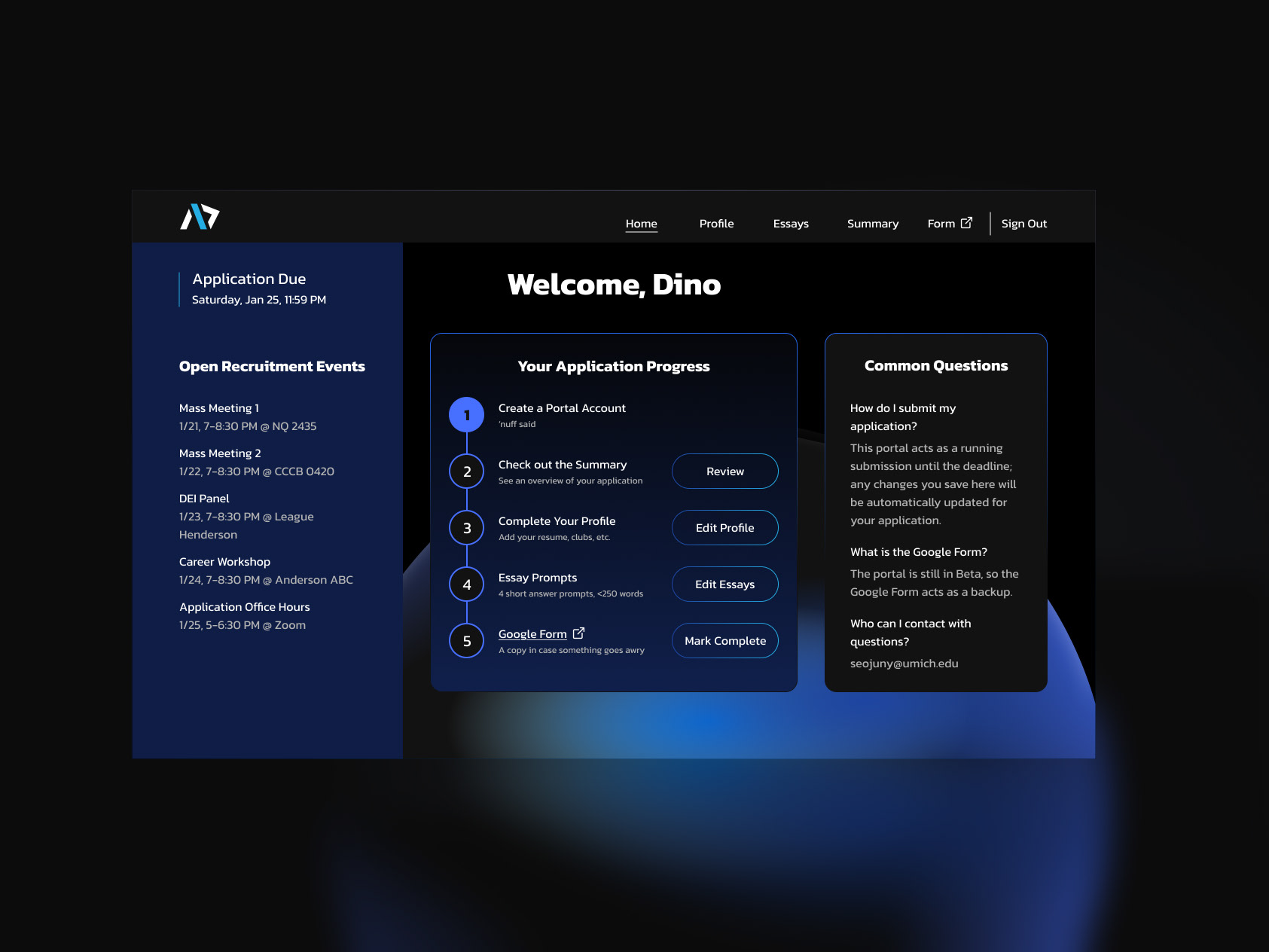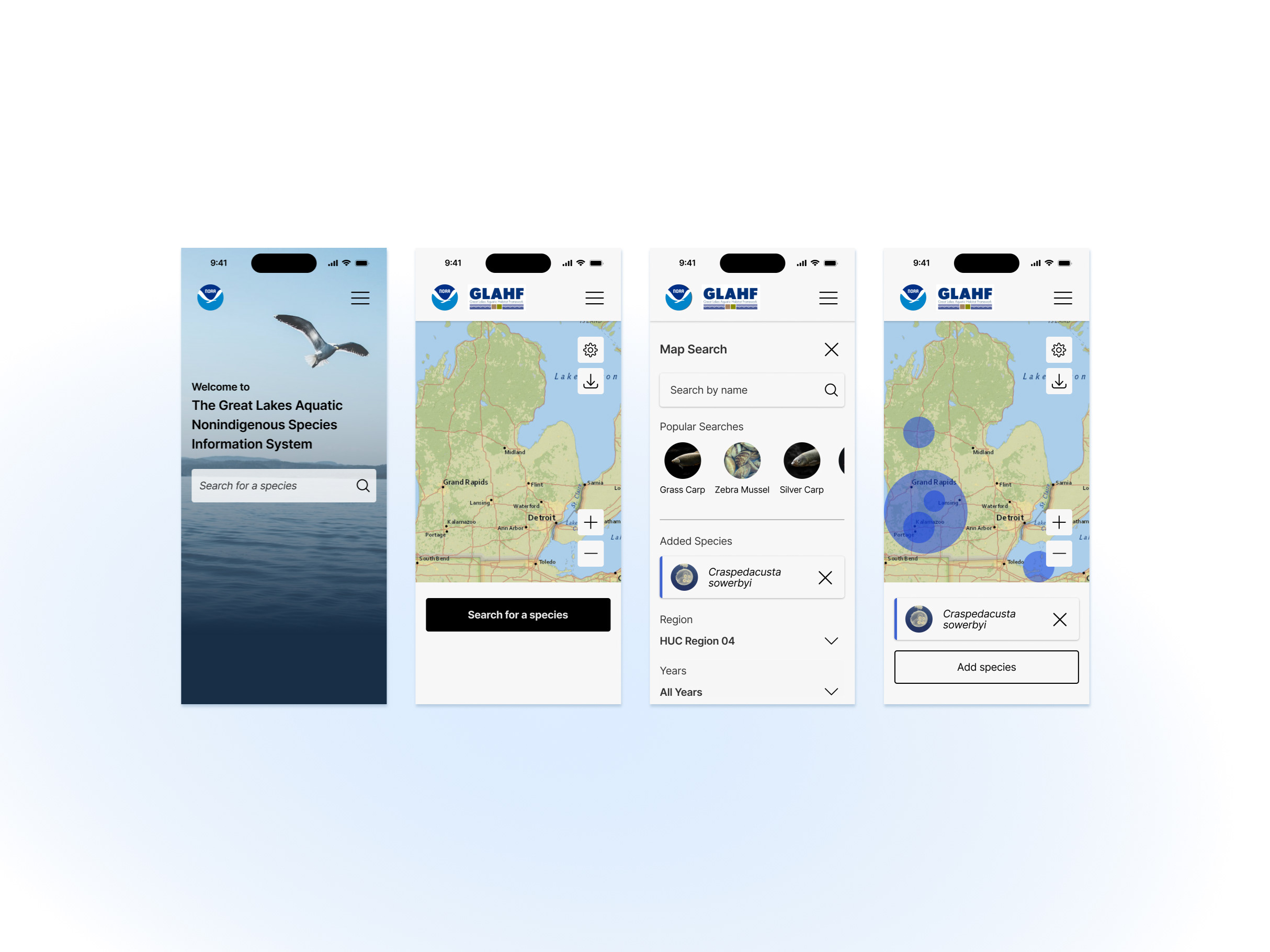Stacks Decoded
Role
UX Researcher
Team
Areeb Khan, UXR
Dennis Ousmanov, UXR
Skills
Google Suite (Forms, Sheets), Miro,
Survey Design, User Interviews, Data Analysis
Timeline
January - April 2023
Overview
We set out to create an app that demystifies the organization system of the campus library and helps students to check out books.
After conducting user interviews and surveys, I developed a persona and data visualizations that summarized the key frustrations students faced when checking out library books, enabling our team to create data-driven solutions centered around real experiences.
Beginning
As I combed through the stacks deep in the Hatcher Graduate Library, I was reminded of a corn maze. There were endless shelves of books with a small map posted on the occasional wall, directing me to the same section I had been pacing for the past hour.
As I checked the call number on my reservation again, I snapped a picture for my aunt. Over the next few months, my team and I would set out to create an app that reduced this friction.
The Goal
Make it easer to check out books.
A timely text conversation with my aunt.
User Interviews
For our research, we:
• Interviewed college students who have visited the library to better understand their emotions and decisions throughout the checkout process
• Conducted a mind mapping exercise to identify key pain points and repetitive actions that could be simplified
• Transcribed and coded interviews to pull key sentiments from each, then created an affinity diagram that illustrated common experiences across participants
Coded quotes pulled from user interviews.
An affinity diagram was used to extract main themes across user interviews.
From our interviews, we synthesized the following key pain points:
⛔ Access
Difficulty reaching physical shelves in a timely manner
⛔ Time
Perceived to take longer to check out a book in-person rather than online
⛔ Trust
Uncertainty about the library website accuracy, such as the availability of books
I created a persona to summarizes key characteristics from these user interviews, including students' goals, frustrations, and background knowledge.
A persona that highlights insight from our user interviews.
Conducting a Survey
With the pain points defined, our team decided that a mobile app would allow for timely to library information and could provide navigation support from wherever the user is.
To develop this idea, we conducted a survey to identify the tools that students use to research and find books, and what existing systems could be augmented to support their search quickly.
From our survey we found:
• Students look for the title first when searching for a book
• The physical library itself is the most common barrier to navigation
A chart describing the first piece of information that respondents use to find a book.
A chart showcasing points of difficulty that occur when looking for a book.
From these survey results, our team formed the following design recommendations for a library checkout app.
⛔ Access → ✅ App
Quickly check the availability and location of a book remotely before planning a trip to the library.
⛔ Time → ✅ Mitigated Translation
Find directions to a book by title, without having to interpret a call number. The app would simply direct the user to the correct floor and shelf, much like routing to a new location on a map app.
⛔ Trust → ✅ Reservation System
Integrated with the library system to update a book's status once it has been reserved or checked-out, so student's can reserve a copy and know it's on the shelf.
Beyond Digital
Given more time, I'd be interested in exploring changes to the organization system of the library itself, in collaboration with the university.
Such changes might include bringing shelves into the main study rooms to increase opportunities to browse books and implementing self-checkout stations for students to quickly pick up books. This would encourage interaction between students and library resources much like the libraries off campus, improving their comfort levels navigating the space by introducing familiar systems.
Takeaways
1. My expectation ≠ the user's reality
While I expected most students would prefer digital books, I was surprised to discover that many students like physical books--they just don't know how to find them. This redirected the focus of the app from reserving digital materials to supporting in-person library navigation, as this would much better suit the needs of our target audience.
2. Defining the problem takes time
Throughout the research for this app, I was surprised by the time it took to not only complete user testing, but to plan interview scripts, develop survey questions, review transcripts, and synthesize data into findings. Over these past few months I have deepened my understanding of a wholistic research process, and it's satisfying to see how each piece has culminated into a solution based on real interactions and stories.


